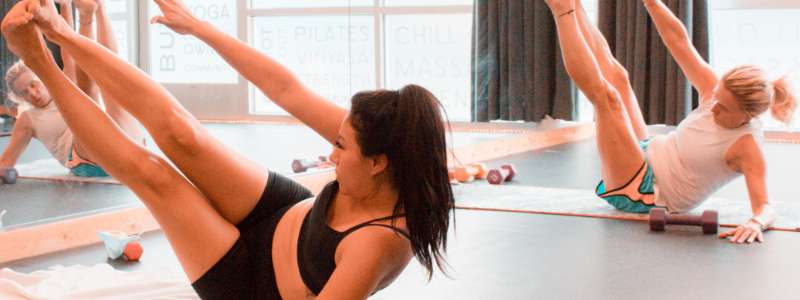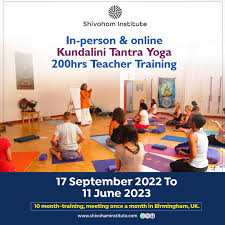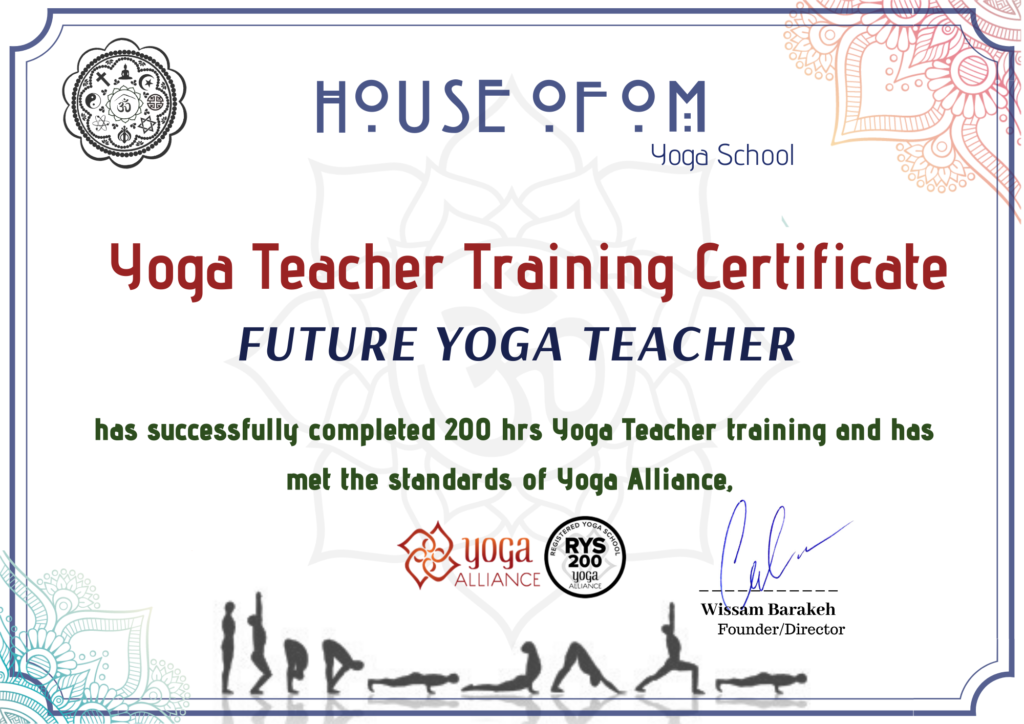
Sanskrit is the root of yoga, which literally means to combine or join. This union refers either to a union or fusion of mind and bodies, or to the integration of individual consciousness with universal consciousness. In India, yogic practices were practiced in the early decades of the 20th-century. Lord Shiva was the first known Yogi. He disseminated it via his writings. These books were later translated into many languages, and spread throughout the globe.
It was not unusual for yoga to become more Westernized as the practice of yoga grew, especially in Europe. The widespread availability of yoga videos began in the early 1900s with the introduction of VHS tapes (and DVDs) to help. Yoga became popular due to the rapid spread of the Internet and the booming fitness industry. In the 1990s, the invention of the microphone and the transatlantic flight made it possible to reach large audiences and spread ideas widely.
Yoga has a long history dating back thousands of years. Although yoga was originally practiced for spiritual reasons, Westerners only discovered it in the middle of the 19th century. Swami Vishwananda, an Indian monk and teacher, traveled across Europe and the United States to share the practice. He taught yoga in West Asia, where it is still popular today. This is an excellent place to learn about the history and practice of yoga.

The origins of yoga can be traced back as far back as ancient times to northern India. The Vedas, the oldest of the four vedas, contain references to the practice. The Rig Veda contains over one thousand hymns and 200 mantras. The Rig Veda was used by priests of the Vedic age to learn about the different positions and postures of yoga. Many Rishis improved the practice over the centuries and brought it to the present day. The Upanishads offer great insight into the history and practice of yoga.
Yoga's history began in ancient India, when the first mentions were made of it. Asanas are physical postures that were added to the practice. Hatha yoga became popular in the U.S. in the 1900s. Many teachers added asanas into their classes. The 1970s saw the practice become mainstream and accepted all over the globe. Yoga's popularity and spread was fueled by its birth in the United States.
Yoga's history is complicated. Its roots go back to 2000 BC, when yoga was primarily about the mind. Later, western gymnastics was introduced to the practice, which led to the development of Hatha yoga. In the 1920s, the practice evolved into a more body-centered form of yoga, called hatha yoga. Today, asanas serve as a tool for achieving this goal.
Yoga's history has roots in ancient India. Thousands of years ago, the practice of yoga was far different from the Vinyasa classes of today. But, if you study the history of yoga, it will make it easier to understand and appreciate it. Ancient yoga, for example, was not practiced the same as modern-day Yoga. Yoga's origins can be traced back thousands years ago and will help you to appreciate the practice more deeply.

Yoga has a long history. The ancient yogis were largely Hindu, but they were influenced by the Hindu culture. Yoga was banned in the west by the British. After this, the practice of yoga began to spread in Europe and the USA. Yoga was first introduced to America by gurus of India in the late 1800s. Asana is a form of meditation.
Asana is the foundation of most yoga practices. Asana has been practiced since ancient times. Yoga practice was a spiritual and religion practice in the 5thcentury. Jainism was also included in the ancients. The Classical Period saw the first systematic presentation of yoga beliefs and practices in Hinduism, Jainism. For centuries, yoga's popularity and influence grew. Like any new practice though, the roots are still grounded in the same principles as the original.
FAQ
What food should I avoid if I want to lose weight
Avoid trans fats. Trans fats can raise LDL (the unhealthy) cholesterol levels while lowering HDL levels (the good).
Trans fats are commonly found in fast food, deep-fried and packaged baked goods as well snack cakes and other processed foods.
These unhealthy fats cause inflammation which leads to heart disease, diabetes, and other health problems.
Foods containing artificial sweeteners should also be avoided. Artificial sweeteners increase the risk of getting cancer.
They are found in everything, from soft drinks to chewing tobacco to candy bars. They appear in many other foods, including meat, poultry, fish, and eggs.
Artificial sweeteners include saccharin.
The American Heart Association suggests that you avoid these chemicals as they can cause DNA damage in your cells.
Is cardio exercise good for your health or bad?
Cardiovascular exercise can have many benefits. It increases blood circulation, strengthens the heart muscle, boosts stamina, aids in weight loss, and gives you more energy.
Cardiovascular exercise includes running, biking, hiking, swimming, tennis, basketball, soccer, volleyball, football, etc.
Cardio exercises should be avoided at high intensity levels. Doing this could lead to injury.
Cardiovascular exercise should be done only if you feel well.
It is important not to push yourself beyond your limits. If you do, you might injure your self.
Begin by warming up before engaging in cardio exercise. Next, increase your intensity gradually.
Be aware of your body and listen to it. If you feel pain, stop doing cardio exercise immediately.
It is also recommended to take some time off after a cardiovascular exercise. This will give your muscles time for recovery.
Cardiovascular exercise can help you lose weight.
This is the best way to lose weight and belly fat.
Is Cardio Better Than Strength Training?
Both are equally excellent. If you want to increase muscle mass faster, cardio is the better option.
Cardio burns a lot more calories per minute that strength training and is more effective at burning fat.
Strength training helps build muscle mass. But it takes longer than cardio to accomplish this goal.
Eggs good for men
The egg is rich in all nutrients needed by the human body. It supports strong bones, healthy heart, lungs, and stable blood sugar.
Eggs are a good source of protein and vitamins A, B12, D, E K, calcium, phosphorus iron, zinc copper, magnesium selenium and even riboflavin.
The egg yolk contains high levels of cholesterol. However, the egg yolk is low in cholesterol. Eggs have less saturated fat than many other foods.
In addition, they are low in sodium and calories. You can make them in any way you like. They can be cooked in a variety of ways: poach, saute, bake, hard-boil or fry.
They are extremely nutritious and simple to prepare.
At least two whole eggs should be consumed each day. You can add eggs to your diet if you don't like eating eggs.
Essential nutrients are found in eggs. You can add eggs to your daily diet now.
Statistics
- An estimated calorie range for moderately active adult males falls between 2,200 to 2,800 calories per day, depending on age. (eatright.org)
- According to the American Academy of Dermatology (AAD), men over 50 are at a heightened risk of developing it. (healthline.com)
- The PRS enabled risk stratification for overall prostate cancer and lethal disease with a four-fold difference between men in the highest and lowest quartiles (HR, 4.32; 95% confidence interval [CI], 3.16-5.89). (pubmed.ncbi.nlm.nih.gov)
- By John Thompson Take a whopping 38% off a set of PowerBlock Pros. (menshealth.com)
- According to the American Heart Association, blood pressure should be checked at least once every two years, beginning at age 20. (my.clevelandclinic.org)
External Links
How To
How does a man become fit in just 30 days?
Breaking down your fitness goals into manageable steps is the best way to reach your goals.
You need to make sure you are working towards the goal each day. This could mean doing 10 pushups every 5 minutes or running 3 km.
If you do this consistently over time, you will see positive results.
Here, consistency is the key. You must keep going until you succeed.
What is the difference between Aerobic Fitness and Anaerobic Fitness?
Anaerobic fitness describes the body's ability not to use oxygen to perform intense physical tasks. Anaerobic pathways are used when there is intense exercise to provide sufficient energy. Anaerobic pathways include glycolysis and creatine phosphate.
Cardio fitness is, in contrast to aerobic fitness, the practice of sustaining low-intensity exercise. When doing aerobic exercises, oxygen serves as the primary source for fuel for the cells. In other words, aerobic pathways provide more energy than anaerobic.
You need to build up your aerobic capability if you plan on running a marathon. If you concentrate on building your anaerobic capability, you won’t be able complete the race.
Aerobic fitness also refers to cardiovascular fitness. The two most commonly used methods of measuring cardiovascular fitness, are VO2 Max testing and step tests.
VO2 Max Testing
The maximum amount of oxygen (O2) the body can use during exercise is called VO2 max. This test measures the body's ability to use O2 while exercising.
This test is the best to determine your cardiovascular fitness. However, it requires expensive equipment and highly trained professionals to administer the test.
Step Tests
Step tests are an easy but powerful way to determine your cardiovascular fitness. These tests require you to walk or run on a track or treadmill for a set amount of time, depending on your weight and age.
These tests are inexpensive, easy to conduct, and can be done almost anywhere. You can, for example, walk for 2 minutes on a treadmill, then rest for 1 min, then repeat the process for 20 minutes. Then, stop. You should maintain a constant heart rate throughout the session.
This method is called the Bruce Protocol. Bruce, a runner, developed this protocol after realizing that his heart rate did not rise when he ran longer distances.